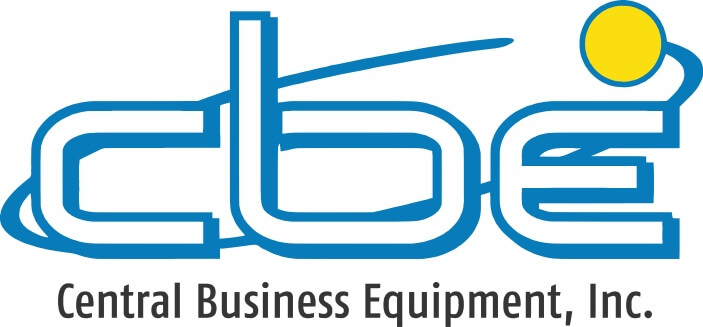5 Business Scanner Practices Every Office Should Follow
Imagine a client is meeting with you and is in need of an urgent resolution to their enquiry. Unfortunately, your answer is locked away somewhere in a filing cabinet. Having to search out the document from the sea of papers filed away over the years can be frustrating and extremely time-consuming.
Although this scene was common in the past, it should no longer be the case with the rise of business scanners. A business scanner can offer you an opportunity to capture a digital image of your paper documents (everything from tax documents to personnel records, invoices, etc.), storing it instead as an electronic image. Using an optical character recognition (OCR) software, you can go further and convert these images into searchable text documents. Learn more.
Benefits of Document Scanning
A business scanner is commonly considered to be standard office necessities due to the many benefits they bring to business owners:
A business scanner saves precious time that would otherwise be spent searching through paper files.
They improve workflow by cutting down your need for storage space.
A business scanner allows you to move important files off-site to dedicated storage facilities.
You can double up on security by storing your digital files on a secure cloud server.
Business owners and employees can share files quickly among multiple colleagues and collaborate on ongoing projects from different workstations.
Importantly, business scanners save you money by cutting down on storage costs and making projects and business operations more efficient.
Tips for Using A Business Scanner
Whether you are just beginning to consider turning your documents into digital files, or you’re already doing it, business scanners are an important part of your business. Here’s a few ways to get more out of them.
Remove all staples and clips
It is important that you remove all clips and staples before you run your documents your business scanners. Staples and pins can damage the glass plates in the scanners, so they’re best left out!
Tape with caution
Unless you are scanning a receipt, an airline ticket, or a business card, avoid using tape; it generally makes scanning more difficult. While tape might be a necessity with these smaller documents, do not tape over more than one side of the paper.
Avoid glue
This may seem like common sense, but you never know when a rushed employee might be tempted to send a sticky document through your business scanners. Glue causes documents to stick to the machines. Even if the glue is dry, it can wear off due to the machines’ heat. As a result, it is best to avoid glue, and instead use tape when it is needed for smaller documents.
Stay away from dark-colored papers
Documents with dark backgrounds are difficult to scan. White or light-colored backgrounds are much easier for your business scanners to read and reproduce.
Crunched papers cause trouble
Crunched papers or receipts are difficult for business scanners to read, even when straightened out. This results in poor-quality images. Care for your receipts by avoiding folding them into your wallet immediately after you receive them.
Document scanning isn’t too difficult when you follow a few simple rules. Although business scanners might initially seem expensive, the time and cost savings they provide – along with their many other benefits – can be invaluable to your business.
For some office etiquette tips, click here!
